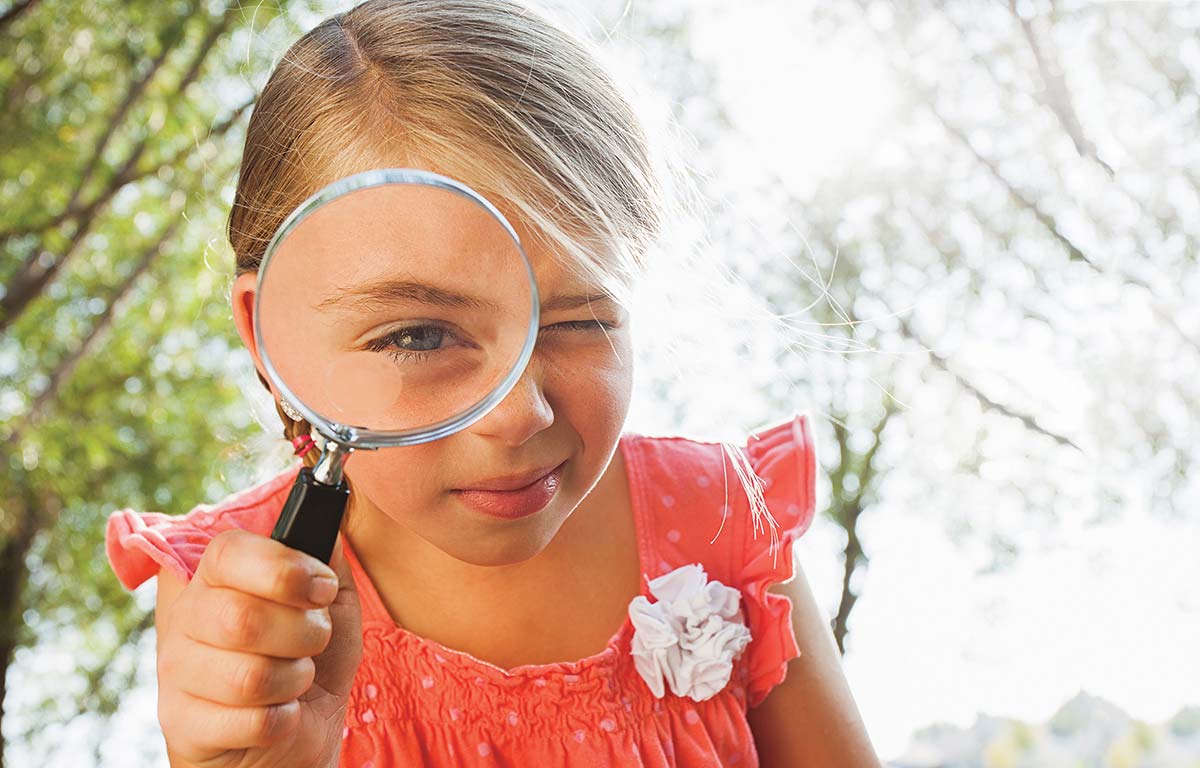Time Spent Outside Has Surprising Benefits for Children’s Vision
June 02, 2017
 University Hospitals Rainbow Babies & Children'sExperts in Children's Health
University Hospitals Rainbow Babies & Children'sExperts in Children's Health

Children now spend more hours staring at screens and less time playing in the sunshine. And the implications go beyond expanding waistlines.
Less daylight may actually change the way children’s eyes develop, surprising new research shows. The result? A nearsightedness epidemic quietly mirroring the obesity crisis.
The Downside of Darkness
Children who spend only about 20 minutes per day outdoors experience faster growth in the length of their eyes than those who log more hours in bright light. That’s according to a new Australian study.
A long, narrow eye distorts the rays of light traveling through it. People with this eye shape have myopia, or trouble seeing faraway objects. And the number of people with myopia has soared in recent years.
Now, nearly one-fourth of the world’s population is nearsighted. Experts predict that by 2050, that rate will increase to half, with 10 percent having a more severe form called high myopia. This can lead to problems, such as glaucoma and detached retinas, which threaten vision.
Keep an Eye on Your Child’s Vision

Experts say stopping the problem in childhood, when myopia usually develops, could help reverse the trend. There’s much you can do to protect your child’s eyesight.
- Encourage outdoor play. Scientists still have work to do to determine the optimal amount of bright light for eyes. One study suggests aiming for 40 minutes daily. Since kids need about an hour of physical activity per day, they can achieve both goals during an hour-long recess or soccer game.
- Watch for warning signs. Kids with myopia may squint, rub their eyes frequently, or complain of frequent headaches. School-age children with myopia may suddenly start having trouble with grades.
- Schedule screenings. “Newborns should have their eyes checked for problems before leaving the hospital,” says Faruk Orge, MD, Chief of Pediatric Ophthalmology at UH Rainbow Babies & Children’s Hospital. “Through age 4, your pediatrician should check your child's eyes and vision at every well-child visit. Take your little one to a pediatric ophthalmologist for a thorough checkup by age 5, sooner if there are other vision concerns or family history of eye problems. Yearly vision screenings by your child's pediatrician or school also will be crucial.”
If your child does develop myopia, glasses or contact lenses can correct vision, Dr. Orge says.
"In addition, good evidence suggests daily prescription eye drops for kids with myopia might help prevent eyesight from worsening over time," he says.
"And regular, yearly eye exams can spot early warning signs of tears and other troubles in the retina if the child has high myopia,” he says.


